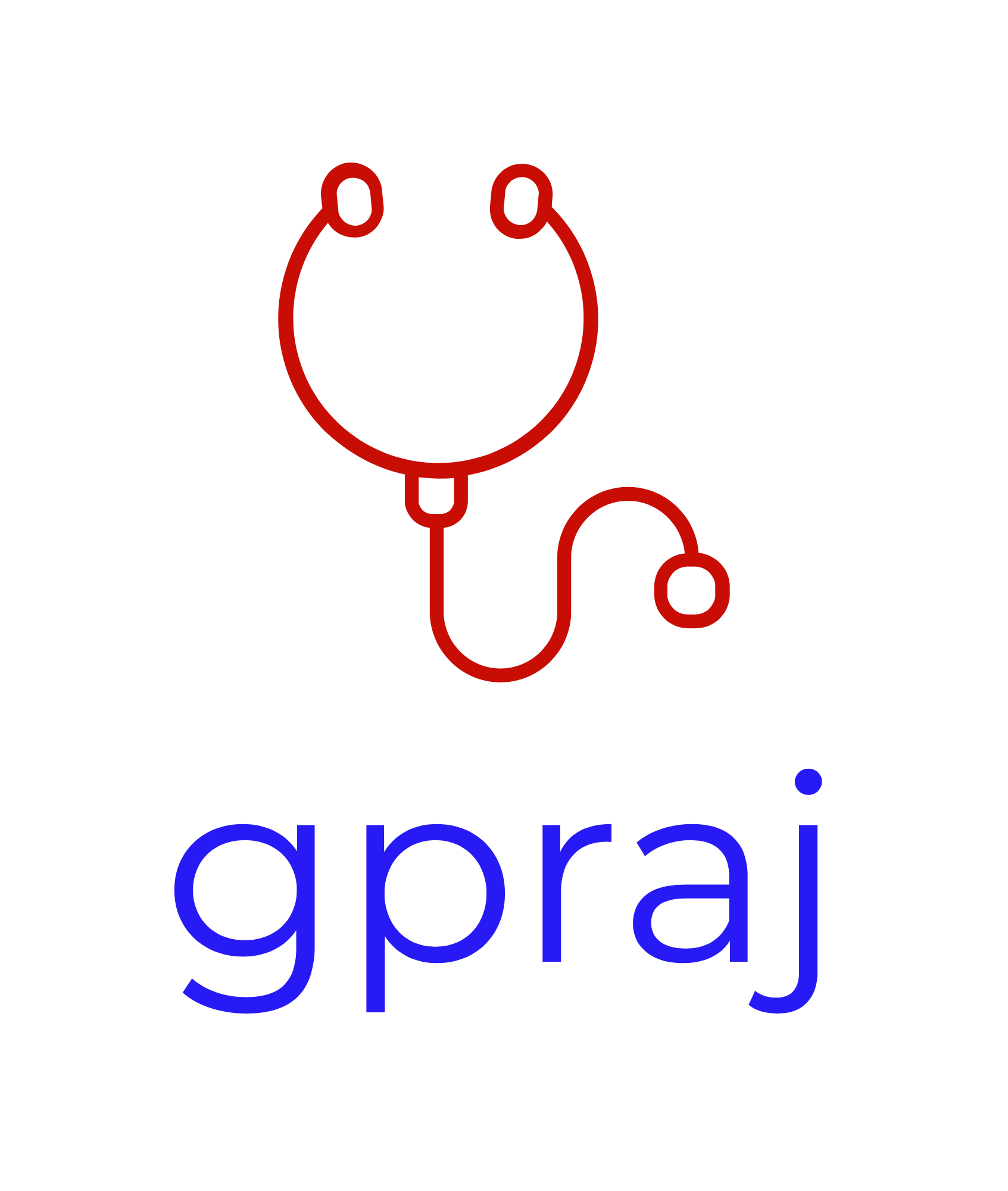Falls: assessment and prevention
Definition
Fall: unintentional loss of balance resulting in coming to rest on the floor
Simple fall: result of a chronic impairment of cognition, vision, balance, or mobility.
Medical collapse signifies an acute medical problem (e.g. arrhythmia, transient ischaemic attack, syncope, or vertigo) precipitated the fall.
Environmental hazard (e.g. loose carpet) may precipitate a fall.
Older people in contact with healthcare professionals should be asked routinely whether they have fallen in the past year and asked about the frequency, context and characteristics of the fall/s.
Epidemiology
Falls are common in older people; prevalence increases with age.
30% of >65y experience at least one fall each year,
50% of> 80y experience at least one fall each year
Prognosis
About 40–60% of falls result in major lacerations, traumatic brain injuries, or fractures.
Consequences
Falls are the main cause of injury, injury-related disability, and death in older people
A fall can cause a fragility fracture, intracranial injury and mortality.
The risk of a fragility fracture amalgamates:
Risk of fall
Pre-existing bone health: bone mineral density [BMD]
Age
Various co-morbidities, smoking and corticosteroid usage
MULTIFACTORIAL ASSESSMENT (based upon identifying established risk factors)
IDENTIFYING PEOPLE AT RISK OF FALLING
All inpatients aged 65 years or older
Do not use fall risk prediction tools to predict inpatients' risk of falling in hospital
CURRENT FALL AND PREVIOUS FALLS
History of current fall
Previous falls
Frequency and causation of falls
Fear of falling
Person’s perceived functional ability
HEALTH ISSUES PREDISPOSING TO FALL
CNS impairment
Cognitive (acute: delirium; long-standing: dementia, depression)
Visual assessment and referral
Neurological examination and screen for neurological disorders (Parkinson’s disease, stroke, TIA)
Balance and gait
Use Timed Up & Go test and/or the Turn 180° test and/or functional reachCVS impairment
Cardiovascular examination, checking for postural hypotension, arrhythmias and syncope syndrome
Cardiac pacing should be considered for older people with cardioinhibitory carotid sinus hypersensitivity who have experienced unexplained fallsMusculoskeletal disease
Mobility
Arthritis
Muscle weakness
Consider strength and balance trainingUrological disease
Urinary and bowel incontinenceDrug and alcohol
Polypharmacy and medication review with modification/withdrawal
Alcohol misuseFrailty
FOCUS ON BONE HEALTH
Bone health and fracture risk
Low bone mineral density and risk of osteoporosis
Age
Glucocorticoids
Rheumatoid arthritis
Smoking
High alcohol consumption
Low BMI
Female sex
FOCUS ON HOME HAZARDS
Loose rugs or mats, poor lighting, wet surfaces (especially in the bathroom), loose fittings (such as handrails)
Poor footwear
Cold home
Home hazard assessment and intervention
Interventions
The National Falls Prevention Coordination Group’s Falls and fracture consensus statement (2017) advocates a whole system approach to prevention.
This assessment should be part of an individualised multifactorial intervention.
Key elements included in the statement
identify individuals at high risk of falls or fractures through case finding (e.g. inpatients >65y)
multifactorial risk assessment in order to prevent the fall (primary/secondary prevention) and fragility fracture
balance and gait testing
vision assessment and referral
evidence based strength and balance programmes (for those low-to-moderate risk of falls)
medication review with modification/withdrawal of medicines
home hazard assessment and improvement programme (undertaken by occupational therapist)
bone strengthening medicines
Estimate major osteoporotic fracture risk over 10 years, using FRAX or QFracture
FRAX can be used for people aged between 40 and 90 years, either with or without BMD values, as specified.
QFracture can be used for people aged between 30 and 84 years. BMD values cannot be incorporated into the risk algorithm.
Consider measuring BMD with DXA in people whose fracture risk is in the region of an intervention threshold
Consider measuring BMD with DXA before starting treatments that may have a rapid adverse effect on bone density (for example, sex hormone deprivation for treatment for breast or prostate cancer).
Above the upper age limits defined by the tools, consider people to be at high risk.Consider assessment of fracture risk:
In all women aged 65 years and over and all men aged 75 years and over
In women aged under 65 years and men aged under 75 years in the presence of risk factors, for example:
previous fragility fracture
current use or frequent recent use of oral or systemic glucocorticoids
history of falls
family history of hip fracture
other causes of secondary osteoporosis
low body mass index (BMI) (less than 18.5 kg/m2)
smoking
alcohol intake of more than 14 units per week for men and women.
A Cochrane review showed risk assessment followed by individualised multifactorial intervention reduced the rate of falls by 24%
The Chief Medical Officers recommend >65y undertake:
>150 minutes of moderate (or 75 minutes of vigorous activity) per week
>2 days/week on activities that improve muscle strength, balance and coordination
Avoidance of high alcohol usage (falls and bone health) and smoking (bone health)
Follow up
ANNUAL ENQUIRY: older people in contact with healthcare professionals should be asked routinely whether they have fallen in the past year and asked about the frequency, context and characteristics of the fall/s.
